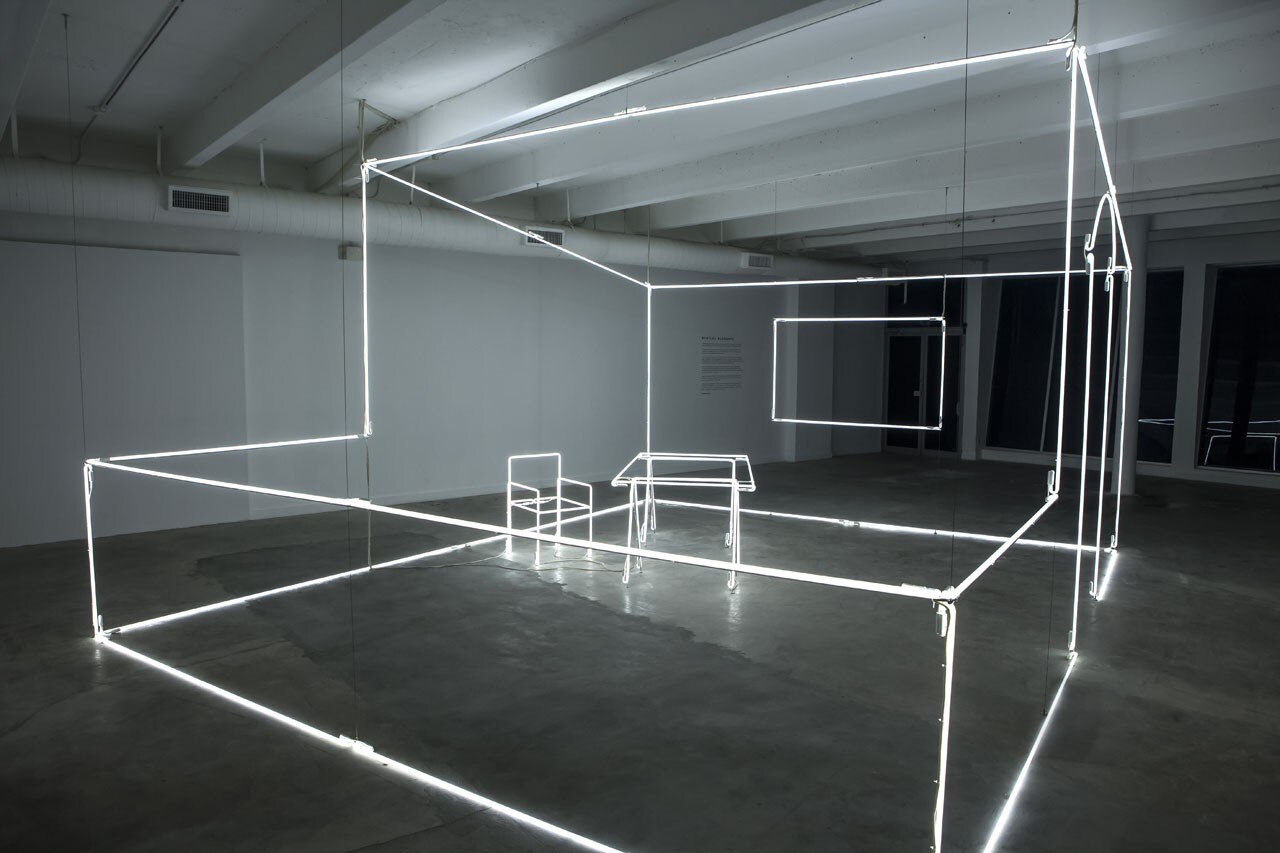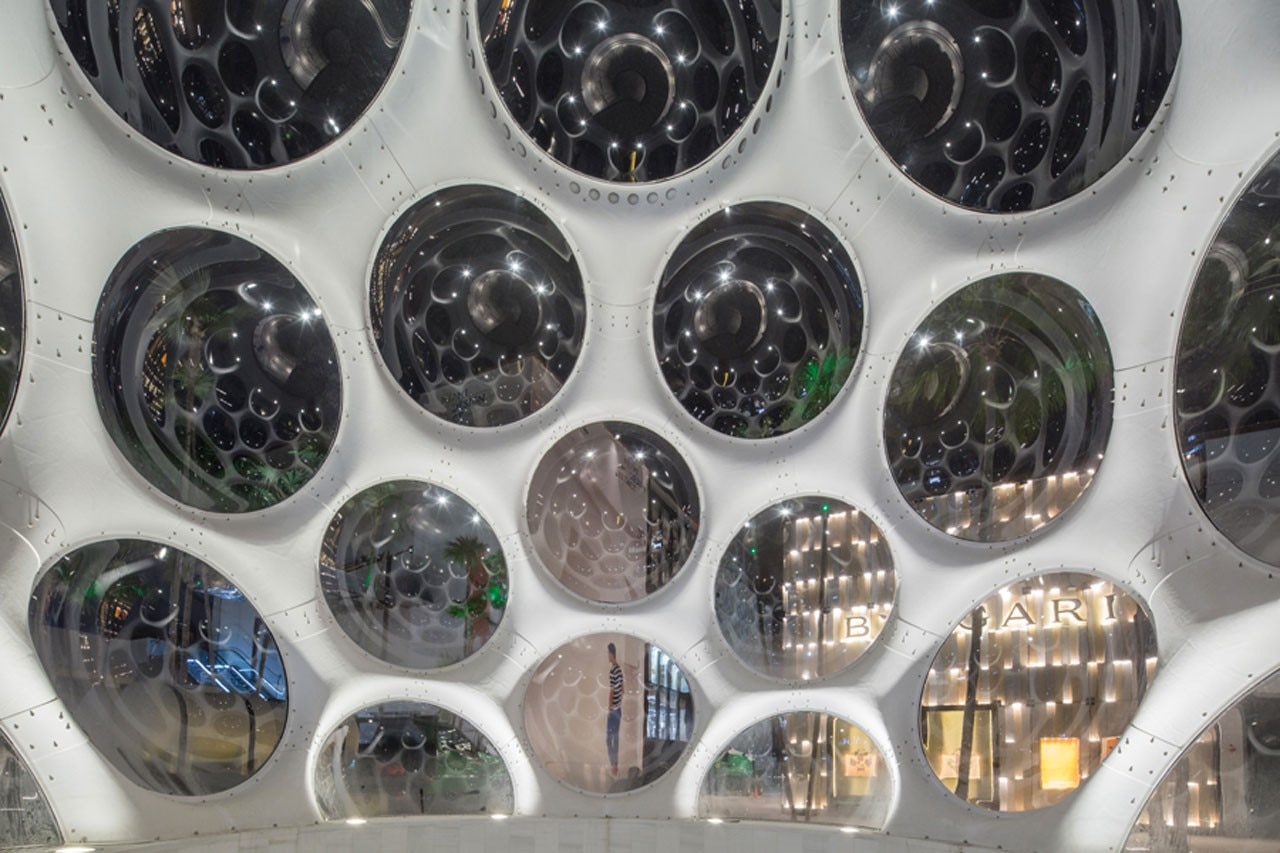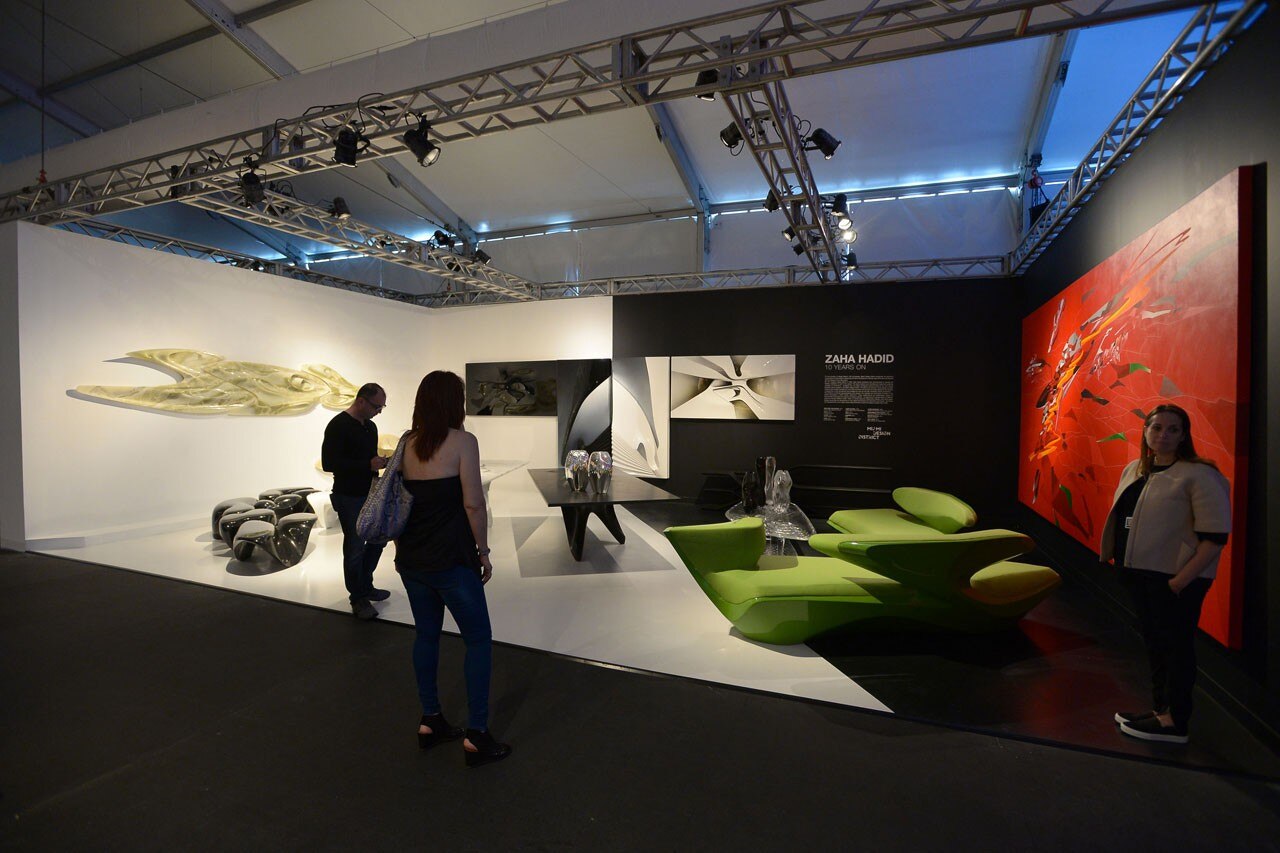
With the fair now ten years old, it is also a good moment to take stock of things, even if when it comes to the district, looking back is a means for conjecturing about the future. “Ten years ago the MDD was just a vision, today it has become reality”, highlights building-developer and collector Robins. It all started here: to coincide with the first edition of the design fair, in 2005 Zaha Hadid inaugurated the Moore Building with the installation Elastika, a fluid intervention inside the atrium of the actual building. This then gave way to the continued development of the design district of Miami that since then has never been out of the spotlight.
Zaha Hadid features again this year with the retrospective “Zaha Hadid: Ten Years On/”, while this December the galleries at the Moore Building offer a temporary home to the prestigious institute, ICA Miami – Institute of Contemporary Art with two individual shows dedicated to artists Andra Ursula and Pedro Reyes respectively.
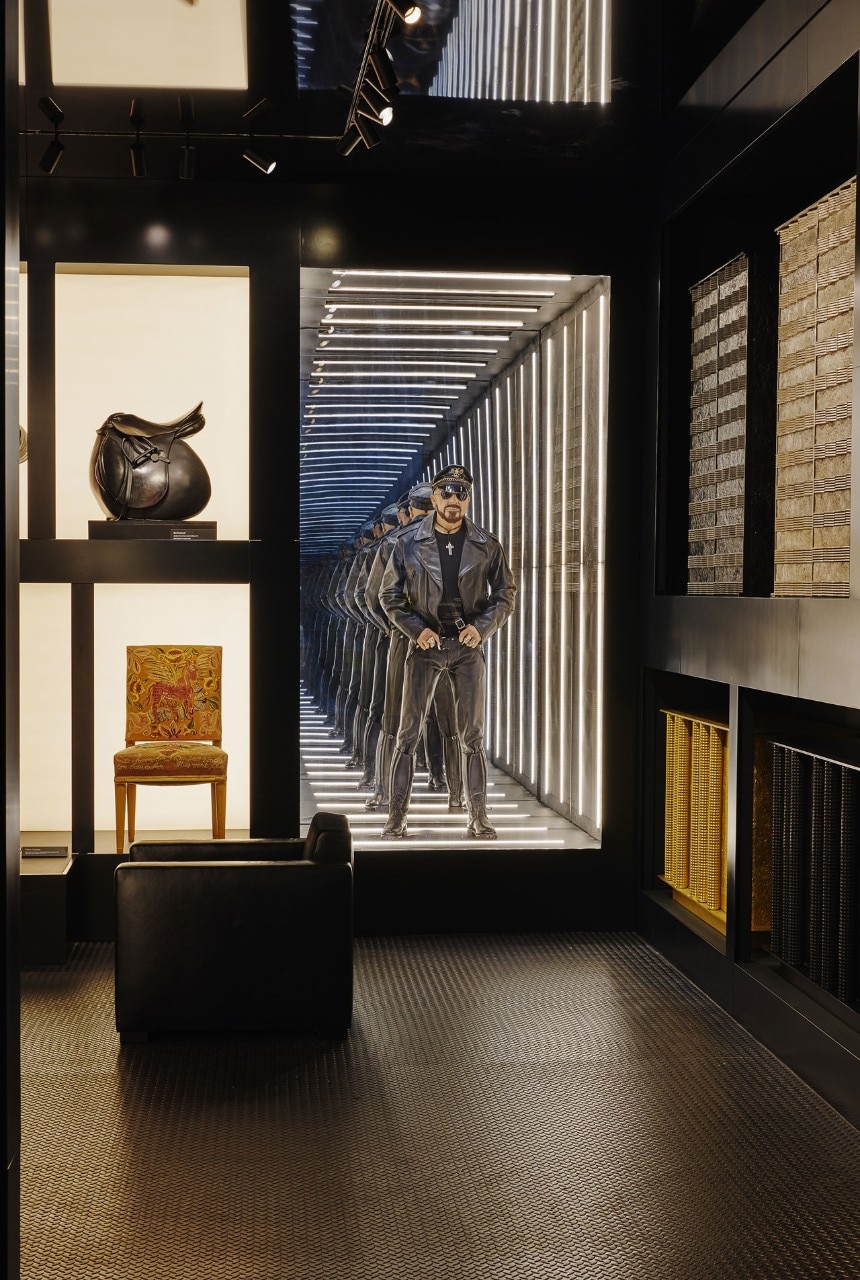
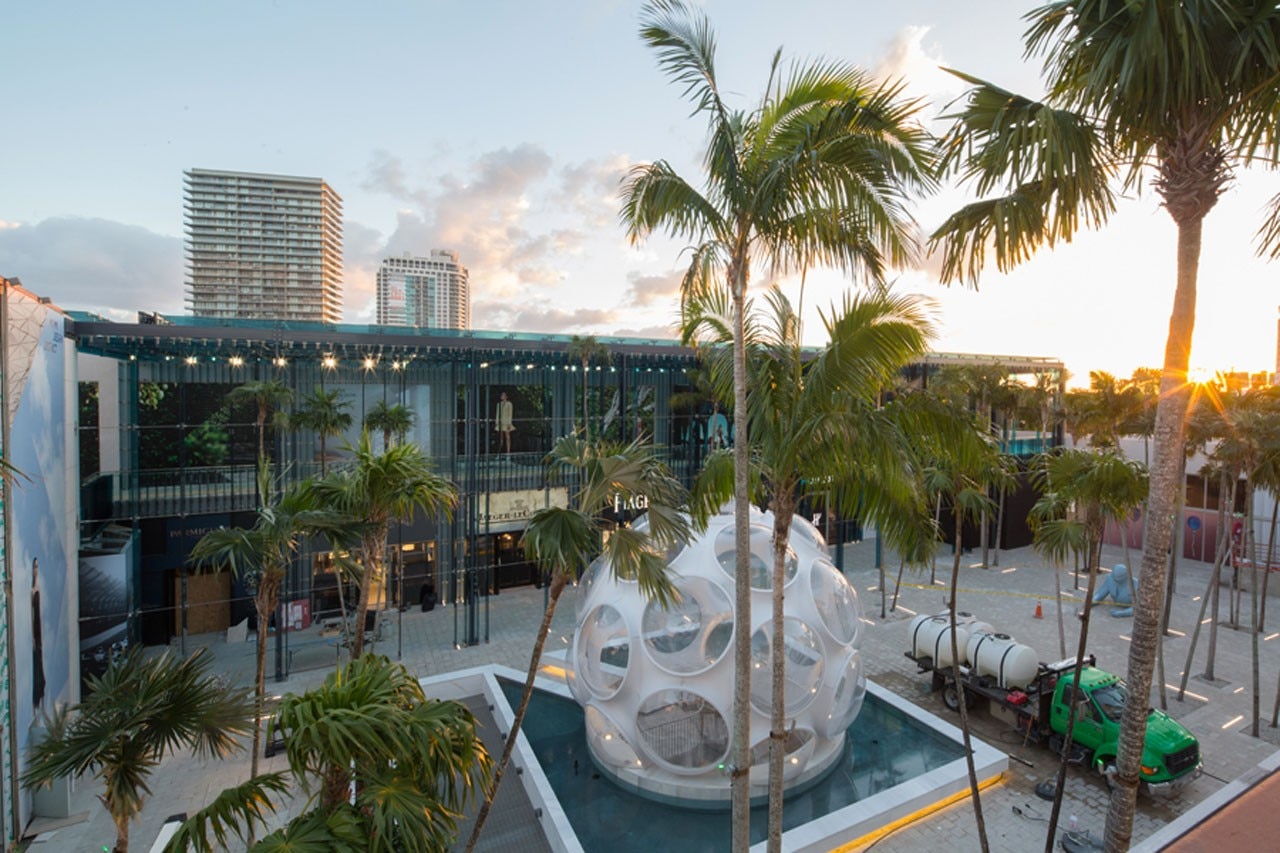
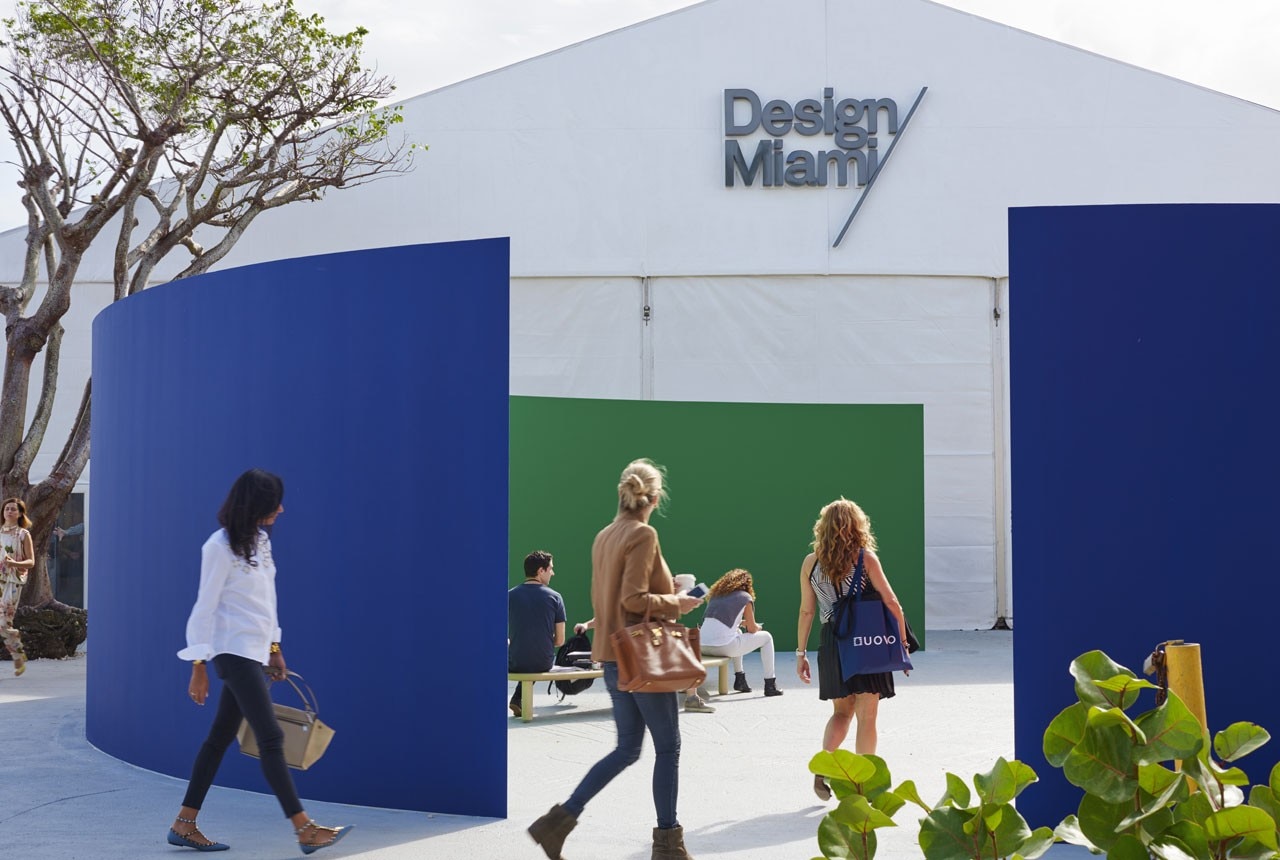
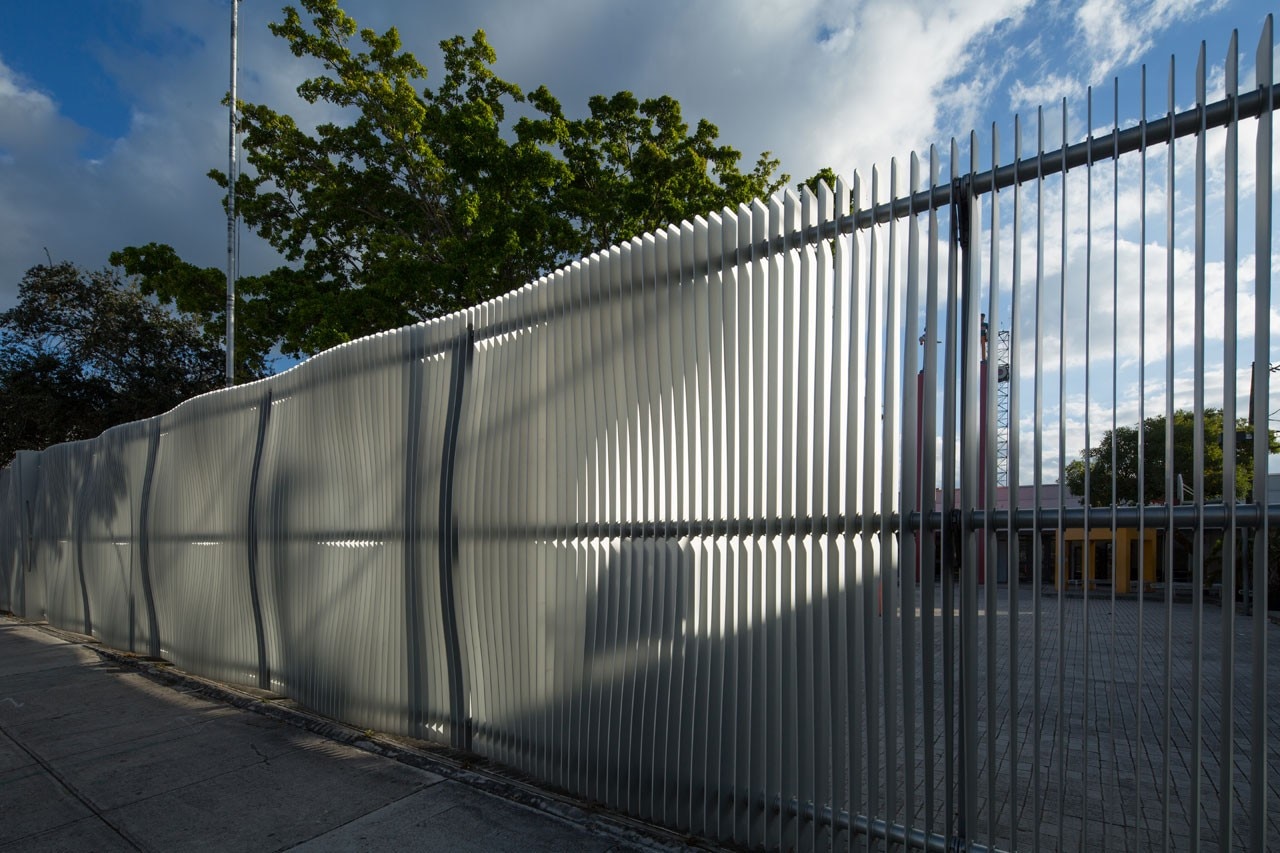
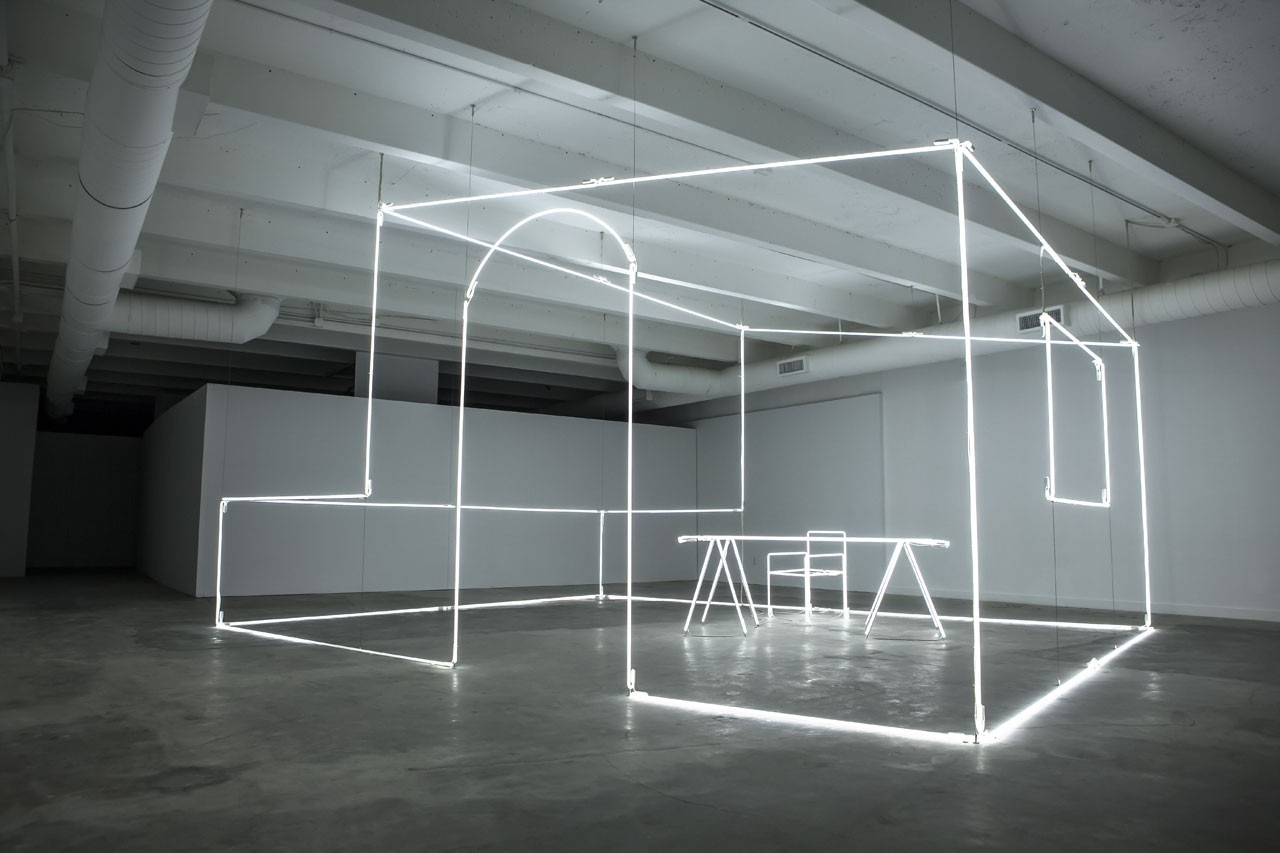
Louis Vuitton have brought to life Playing with Shapes, a design from 1972 by Pierre Paulin conceived for American furniture-giant Herman Miller but never produced: 18 pieces with a modular format that can be arranged in different ways for creating living spaces – the original model, along with preliminary designs and sketches is now part of the collection at the Pompidou Centre in Paris. The facade of the JBL Building is the work of the Miami and New-York-based practice K/R, Terry Riley and partner John Keenen. Director of the department of design and architecture at MoMA, then director of the Miami Art museum, he now lives in the Courthouse (inspiration Mies Van der Rohe) a building that he designed “with the sky entering directly into the house” he says. “Robins used this neighbourhood as an open-air laboratory: perhaps this kind of experiment could only happen here.
In 2006, there was only one restaurant, Michael’s Genuine. Now it’s completely different, lots of people want to live here; it reminds me of SoHo in New York a few years ago. The combination of significant economic investment, proposals with high-standards of curatorship and passion has meant that MDD has brought cultural enrichment to the whole of Miami”, adds Riley.
